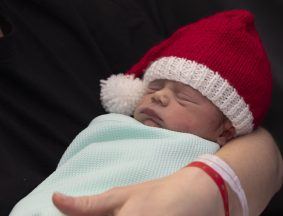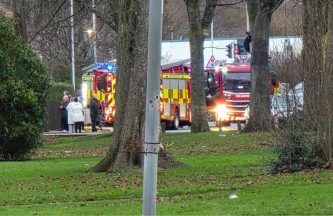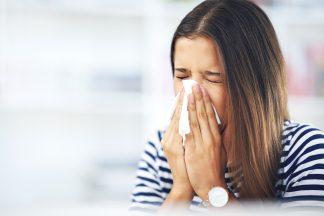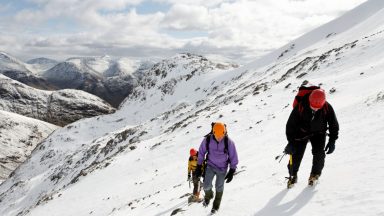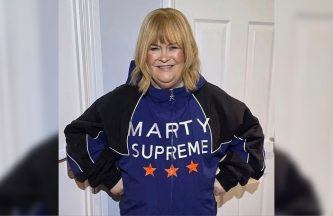More than half of Scots classed as being at the highest risk from coronavirus feel uncomfortable about restrictions being eased, with one in 50 having still not left their home.
More than 4600 people deemed to be at the “highest clinical risk from Covid-19” took part in a survey for the Scottish Government.
The online research was conducted in July – at a point when many restrictions had been lifted – and involved some of those who had been asked to shield at the start of the pandemic.
Fifty-nine per cent of respondents said they felt “uncomfortable about the move towards level zero and beyond in Scotland”.
While 98% said they had had both doses of coronavirus vaccine, 24% said they had not met people from outside of their own household outdoors.
In addition, 50% had not met friends or family from other households inside, 14% had never visited shops and 79% had not been on public transport since the start of the pandemic.
The research also found two per cent of respondents had chosen not to leave their home for any reason.
The report said: “While the proportion might be relatively small, this points to people who were potentially still very fearful of coronavirus and were taking measures over and above the advice to keep themselves safe.”
First Minister Nicola Sturgeon said it had been possible for Scotland to take “a less restrictive approach” to the pandemic because of the impact of the vaccination programme.
But she said: “We can’t be complacent about this virus and if you are particularly vulnerable I can understand that you and your carers are feeling even more anxious than the general population right now.”
She also urged people to continue to follow Covid guidance “for the sake of people who are more vulnerable”.
She said: “None of this easy for anybody, and I really understand that. I will try with my advisers to take the most proportionate decisions… to take the decisions that are best overall to keep the country as a whole as safe as possible.”
The Scottish Government carried out the research to try and gain a “deeper understanding of the lived experiences of people at highest risk”.
The report said the survey was “not statistically representative of the wider shielding population as it does not represent the make-up of the highest risk list”, but added that “the sample is robust and gives a strong indication of the behaviours and attitudes of the group”.
Follow STV News on WhatsApp
Scan the QR code on your mobile device for all the latest news from around the country








